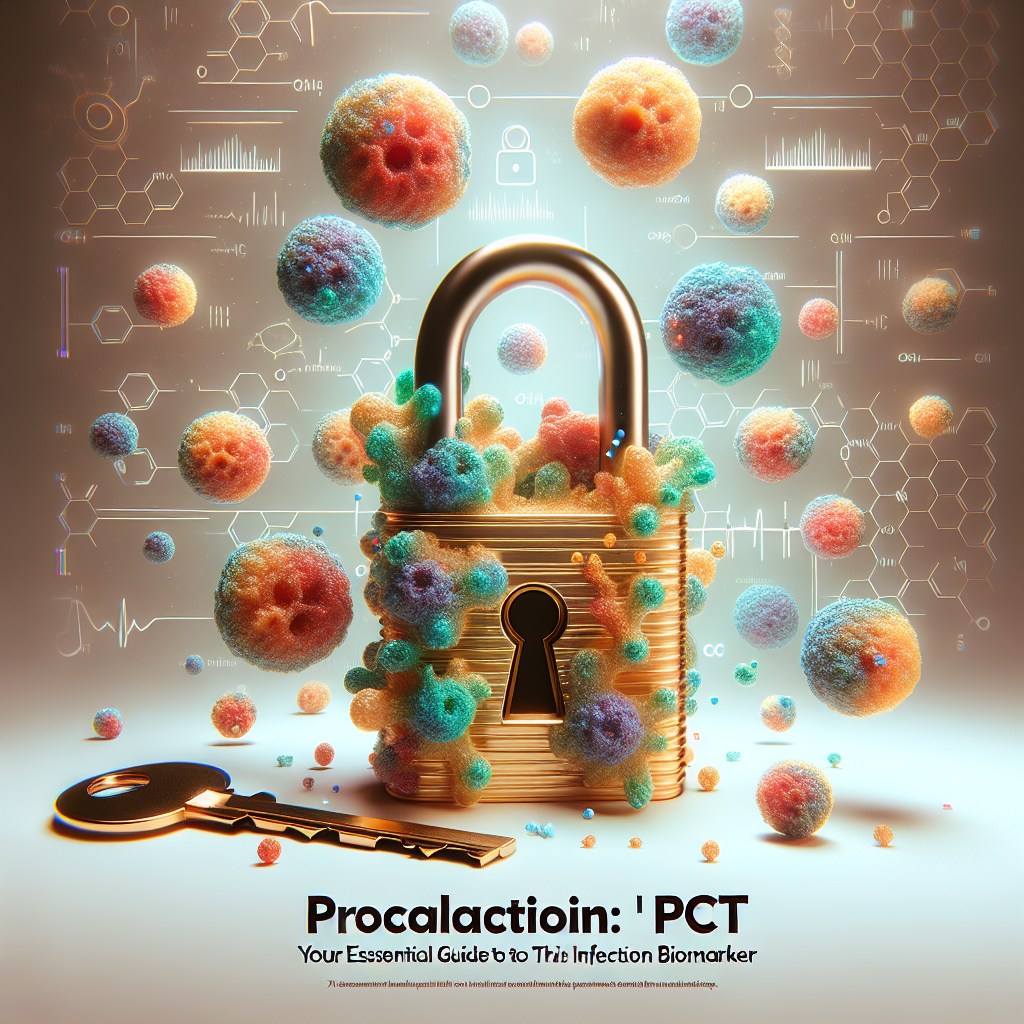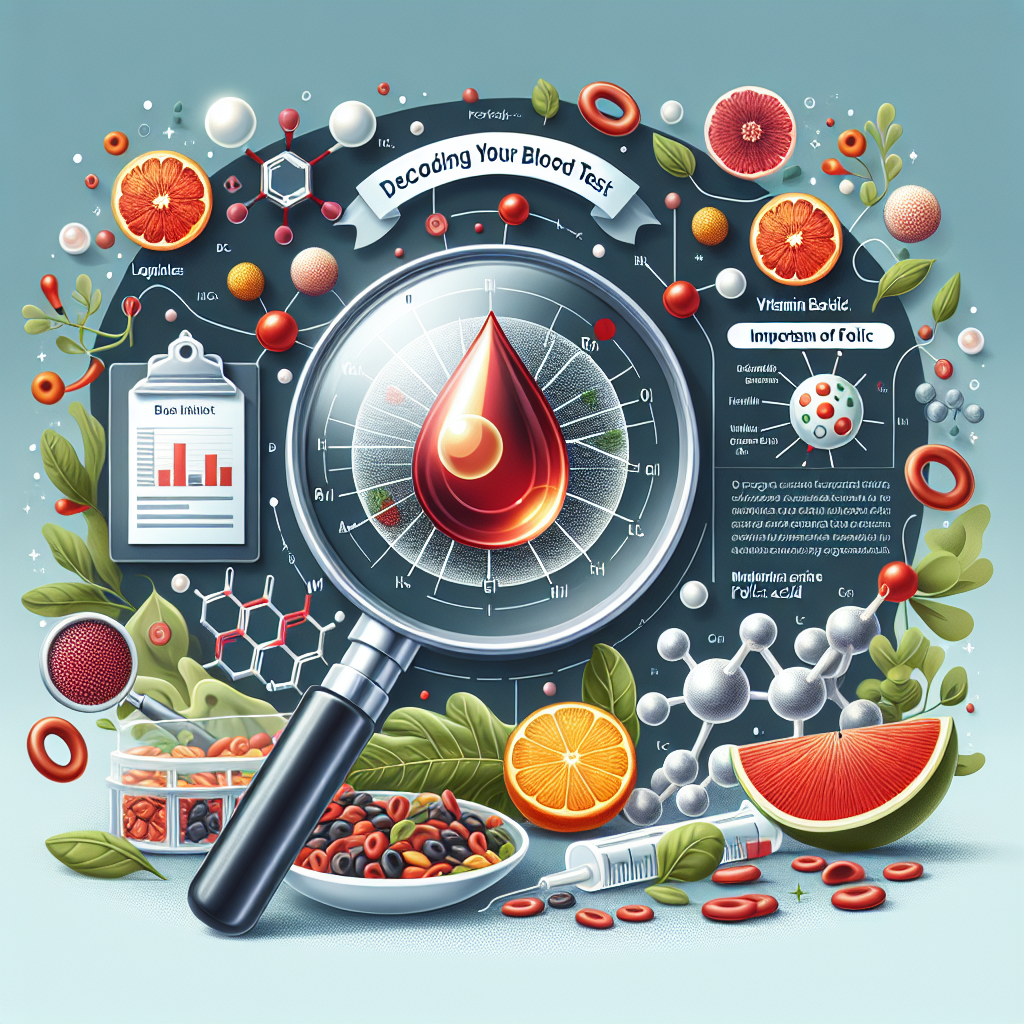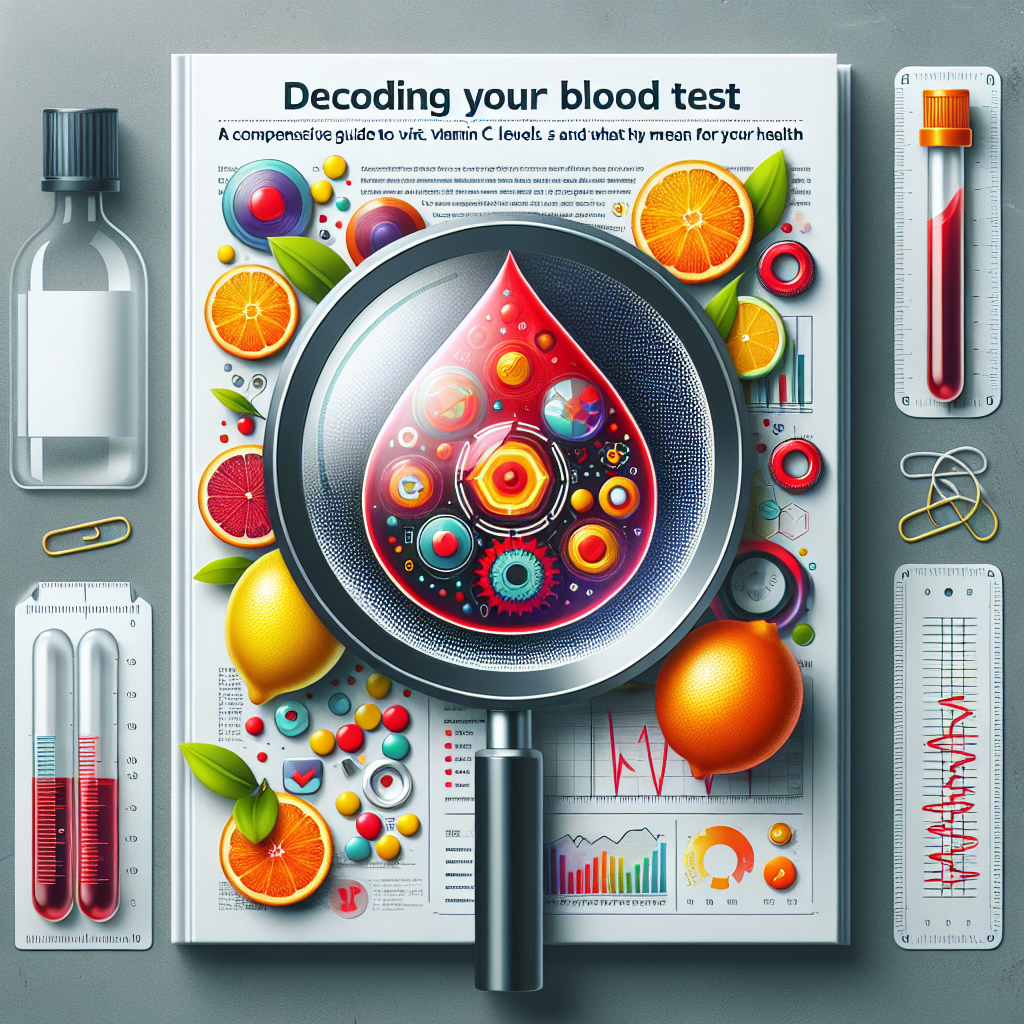When you receive your blood test results, it’s normal to have questions. You may encounter terms like “Procalcitonin” or “PCT,” especially if the results show values outside typical reference ranges. Understanding what this marker represents is crucial for taking an active role in your health. This article aims to provide a straightforward explanation of procalcitonin, how to interpret its results, and what they mean for your overall health, along with no unnecessary alarm.
What is Procalcitonin?
Procalcitonin (PCT) is a protein that acts as a biomarker in the blood. In healthy individuals, the body produces only a minimal amount, primarily in the thyroid, where it is used to create calcitonin, a hormone involved in calcium regulation. Consequently, under normal conditions, procalcitonin levels are nearly undetectable.
The significance of procalcitonin in medicine emerges in response to infections. During a severe systemic bacterial infection, the production of PCT increases dramatically. This surge is not limited to thyroid cells; various cells in multiple organs contribute to its production, triggered by bacterial toxins and certain inflammatory signals.
PCT testing is, therefore, a valuable resource for physicians, as its levels provide critical insights that help:
- Differentiate between bacterial and viral infections.
- Evaluate the severity of an infection and the risk for complications.
- Track the efficacy of antibiotic treatments.
Why is Procalcitonin Testing Useful?
The understanding of procalcitonin’s role marks a significant medical advancement. Since its identification in the 1990s in patients experiencing septic shock, its application has evolved. Research indicates that monitoring PCT levels can effectively guide the duration of antibiotic therapies, minimizing treatment time without jeopardizing patient safety, thereby aiding in the fight against antibiotic resistance.
A markedly high procalcitonin level serves as a critical alert that healthcare providers take seriously. Undiagnosed severe bacterial infections have the potential to escalate and lead to serious complications. Assessing this marker alongside clinical examinations and other tests allows for quicker and more appropriate therapeutic interventions.
In practical terms, a doctor may leverage PCT levels to inform their diagnosis. For instance, a patient presenting with fever and respiratory symptoms but a normal PCT level will likely be presumed to have a viral cause. Conversely, an elevated PCT level in a similar patient indicates a high likelihood of a bacterial infection, warranting the initiation of antibiotics.
How to Interpret Your Procalcitonin Level?
On your lab report, the procalcitonin value is typically indicated in nanograms per milliliter (ng/mL) or micrograms per liter (µg/L), which are equivalent measurements. The laboratory will list “reference values” to help you gauge your results.
PCT Reference Values
While reference ranges may slightly differ across laboratories, typical interpretation thresholds are as follows:
- PCT < 0.1 ng/mL: Normal. A systemic bacterial infection is highly unlikely.
- PCT between 0.1 and 0.5 ng/mL: Slightly elevated. A bacterial infection is possible, but other causes should also be evaluated. The clinical context is vital.
- PCT between 0.5 and 2 ng/mL: Indicates a high probability of a systemic bacterial infection.
- PCT > 2 ng/mL: Strong indication of a severe bacterial infection, such as sepsis.
- PCT > 10 ng/mL: Often associated with septic shock.
It’s important to note that these numbers should not be interpreted in isolation. A physician will always analyze them in conjunction with your symptoms, clinical examination findings, and other biological markers like C-Reactive Protein (CRP) or white blood cell count. To dive deeper into your analyses, you can consult the information available on aidiagme.fr.
What Causes Procalcitonin Variation?
Procalcitonin levels may fluctuate for various reasons, mainly related to infectious or inflammatory processes.
Causes of Elevated Procalcitonin
Elevated PCT levels are most frequently associated with infections.
- Severe bacterial infections (most common cause): This is the leading reason for a significant increase in PCT. Examples include bacterial pneumonia, pyelonephritis (kidney infection), or bacterial meningitis.
- Sepsis and septic shock: In critical situations where the infection spreads throughout the body, PCT levels may rise to extremely high values, occasionally surpassing 100 ng/mL.
- Other non-infectious causes (less common): Instances of intense physiological stress, such as major trauma, extensive surgery, significant burns, or during certain highly active autoimmune conditions, can lead to moderate increases in PCT.
- Certain cancers: Specifically, medullary thyroid carcinoma can result in procalcitonin production, serving as a tumor marker.
- Severe kidney impairment: Poor kidney function can hinder the elimination of PCT, artificially raising its blood levels.
Reasons for Low Procalcitonin
A low or undetectable procalcitonin level is typically a normal and reassuring finding.
- Absence of infection or viral infection: A normal procalcitonin level when experiencing infectious symptoms (such as fever or cough) strongly indicates a viral etiology, as viral infections usually do not elicit PCT production.
- Very localized bacterial infection: A clearly defined abscess or an early-stage bacterial infection might not result in a considerable increase in PCT levels.
- Ongoing antibiotic treatment: Antibiotics taken prior to blood testing may have decreased procalcitonin levels, potentially masking the initial condition.
What to Do Based on Your Result?
Your procalcitonin level interpretation should always be followed by consulting a healthcare professional. Here are some recommendations on what to do next.
When Should You Consult?
- PCT > 2 ng/mL: Urgent medical attention is required.
- PCT between 0.5 and 2 ng/mL: A prompt consultation, ideally within 24 hours, is advisable.
- PCT between 0.1 and 0.5 ng/mL: If you have symptoms (like fever or chills), seeking medical advice is warranted. Without symptoms, your doctor may suggest re-evaluating the level or may deem it unconcerning.
- PCT < 0.1 ng/mL: In the absence of symptoms, this finding is considered normal. If it occurs in the context of illness, it suggests a non-bacterial cause.
How to Support Your Immune System?
While diet does not directly impact procalcitonin levels, maintaining a healthy lifestyle is crucial for robust immune function.
- Stay Hydrated: Ensure adequate water intake, particularly when experiencing fever.
- Eat a Balanced Diet: Prioritize fruits, vegetables, and high-quality proteins to supply your body with essential nutrients.
- Get Plenty of Rest: Sleep is essential for recovery and immune function, so be sure to get adequate rest.
- Engage in Moderate Exercise: Regular physical activity bolsters your natural defenses, and managing stress is beneficial too.
Frequently Asked Questions About Procalcitonin
Below are answers to some of the most common questions regarding this marker.
Do I need to fast for a procalcitonin test?
No fasting is required. Procalcitonin levels are not influenced by food intake, allowing the test to be performed at any time, which is particularly advantageous during emergencies.
What is the difference between procalcitonin and CRP?
PCT and C-Reactive Protein (CRP) are both inflammation markers, but PCT is more indicative of bacterial infections. Additionally, PCT levels rise more quickly: it can increase within 3 to 6 hours and declines swiftly if treatment is effective. In contrast, CRP takes longer to elevate (12-24 hours) and may increase due to various inflammatory triggers (infectious or otherwise).
Does a low procalcitonin level rule out a bacterial infection?
No, it does not completely rule it out. While a low PCT level suggests that a systemic bacterial infection is unlikely, it does not exclude the possibility of a very early or localized infection (such as a skin abscess). Comprehensive clinical evaluation remains vital.
Can certain medications affect the result?
Yes. Strong immunosuppressive therapies can impair the increase of PCT levels, and specific monoclonal antibody treatments may also interfere. It is essential to inform your doctor about all medications you are currently taking.
Is the normal procalcitonin level the same for children?
Newborns exhibit naturally higher PCT levels during the first 48 hours after birth. Beyond this time frame, their reference values align with those of adults. However, interpretation should always be tailored to the child’s specific clinical context.
Conclusion: What to Remember About Procalcitonin
Procalcitonin is a modern, effective biomarker that has significantly improved infection management. It assists healthcare providers in making more accurate diagnoses and optimizing antibiotic usage.
Key points to remember include:
- PCT is a highly reliable marker for generalized bacterial infections.
- A normal level (< 0.1 ng/mL) is very reassuring.
- Evaluating temporal trends in PCT levels offers more insight than a solitary reading.
- Interpretation should always be conducted in consultation with a physician, considering the broader clinical context.
- An elevated level necessitates medical evaluation, with the urgency corresponding to the specific level observed.
By comprehending the role of procalcitonin, you are better equipped to engage with healthcare professionals and actively monitor your health.
Additional Resources
For more information and to decode other markers, more articles are available here.
Confused by Your Blood Test Results?
Gain instant clarity with BloodSense. Our platform interprets your blood test results online in minutes, transforming complex medical information into an easy-to-understand report. Take charge of your health today by visiting bloodsense.ai to receive your personalized insights now.







